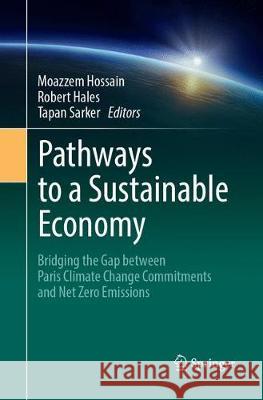Pathways to a Sustainable Economy: Bridging the Gap Between Paris Climate Change Commitments and Net Zero Emissions » książka
topmenu
Pathways to a Sustainable Economy: Bridging the Gap Between Paris Climate Change Commitments and Net Zero Emissions
ISBN-13: 9783319884707 / Angielski / Miękka / 2018 / 225 str.
Pathways to a Sustainable Economy: Bridging the Gap Between Paris Climate Change Commitments and Net Zero Emissions
ISBN-13: 9783319884707 / Angielski / Miękka / 2018 / 225 str.
cena 442,79
(netto: 421,70 VAT: 5%)
Najniższa cena z 30 dni: 424,07
(netto: 421,70 VAT: 5%)
Najniższa cena z 30 dni: 424,07
Termin realizacji zamówienia:
ok. 22 dni roboczych.
ok. 22 dni roboczych.
Darmowa dostawa!
Kategorie BISAC:
Wydawca:
Springer
Język:
Angielski
ISBN-13:
9783319884707
Rok wydania:
2018
Wydanie:
Softcover Repri
Ilość stron:
225
Oprawa:
Miękka
Wolumenów:
01











